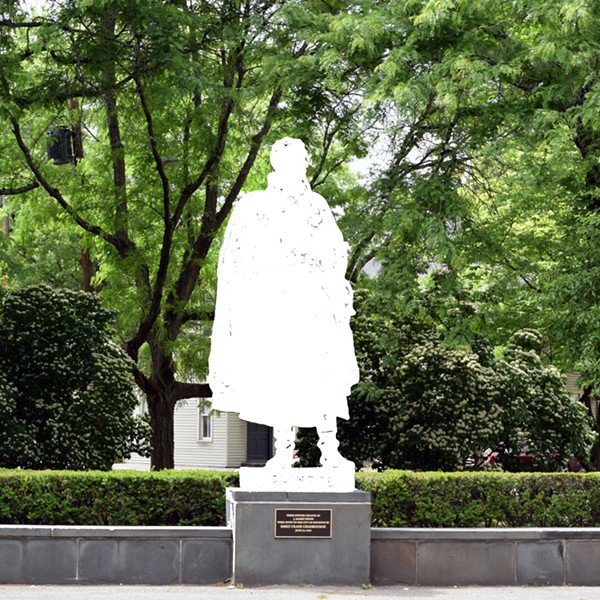Shailly Agnihotri, the founder and executive director of the Restorative Center based in Newburgh, comes to restorative justice with a heavy heart. A prosecutor and public defender for over 20 years, she lost faith in the criminal justice system's exclusionary practices. "We indoctrinate certain people to accept that they'll be spending a night in jail for hopping a train to get to school or being in a park after dark," she says. Agnihotri feels we're all responsible as a society in how we raise future generations. So last November, she sat with 15 students in a Bronx classroom, passing a talking stick. One student opened a copy of Nelson Mandela's The Long Walk to Freedom and randomly read a passage. Some of the teens spoke of their mothers' resiliency. After sharing their thoughts, the kids remarked, "I can't believe how quickly we opened up with each other." The circle wasn't in response to any incident. It was an example of the Newburgh Model of Restorative Justice developed by the Restorative Center, which runs regular community circles in the city of Newburgh. "What we're really doing is developing the muscle of being responsive," explains Agnihotri. "We're taking out of the equation the quick reaction. They fall into another rhythm with their thoughts. It might be thirty minutes before they speak, so that shifts the energy to waiting and processing before responding." That's a pivotal teaching for teens.
Best Practices
A wide stripe of the school's colors, orange and navy, are painted down the length of the walls at the Urban Dove Team Charter School in Brooklyn. Large signs with words like Energize, Empower, and One Mic, decorate the hallway. Motivation is key to the school culture, which achieves it through a sports-based youth development model. Aside from two teachers per classroom, each homeroom also has a coach who instructs two hours of gym daily and facilitates group circles that create a team environment. "So if you don't have it at home, and we don't want you to get it from a gang, we give you that feeling of belonging here," says Principal Amit Bahl. Drawing students from all over the city through relationships with organizations who work with at-risk and court-involved youth, Urban Dove recruits students who struggled in ninth grade. Designed with a longer day, small class size, and trimester system, the program helps students make up missing credits so they can graduate on time. "We're giving them a second option and a restart, right when they show that they're about to go off track," says Bahl.
New to Urban Dove this year is restorative justice. Team Time builds team spirit using discussion questions to prompt conversations. They engage harm circles after a minor incident. There's also a Justice Panel class, part of the English Language Arts curriculum, where students perform judicial roles in determining reparations for real-life incidents at school. "One case, a student had an altercation with a science teacher," says 16-year-old Essence. "So we had them build a planetary model together."
The staff at Urban Dove feels that even without complete buy-in by the students, just going through the motions of teaching what people need to hear when harm is done is important. "The restorative approach is also about teaching behavior like a skill, the same way we teach math or English," Smith says. Another teacher, Melissa Morales adds, "It's really good for them, as young people transitioning into the really big decisions that they're going to be making."
Eighteen-year-old Ricky is hoping to go to Hunter College next fall for engineering. When he transferred into Urban Dove, his school life seriously improved. "Here, if you look like you're down, the teachers will actually ask, 'What's going on?'" That support is key for kids whose behavior can be the result of external stressors or a need for attention.
Forty percent of Urban Dove's student population are kids with disabilities. According to that US DOE study, in other school settings, they're more than twice as likely to be targeted for out-of-school suspensions, and more than half of all discipline cases where students are placed in seclusion or involuntary confinement, often using mechanisms designed to restrict movement. School social worker Kelly Schaffer says, "I would assume that every student here has experienced trauma in their lives, and Post-Traumatic Stress Disorder looks a lot like both Attention Deficit Disorder and anger issues."












